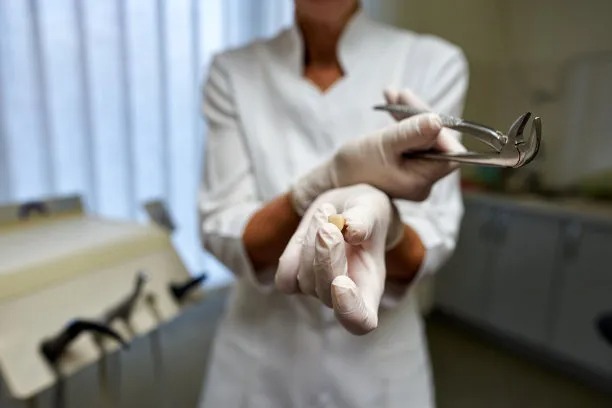Essential Safety Tips and Precautions to Consider Before Undergoing a Dental Filling Procedure for Optimal Oral Health
Summary: Before undergoing a dental filling procedure, preparation and awareness of safety tips are essential to ensure optimal oral health. This article delves into four critical areas: understanding the procedure, assessing potential risks, choosing a qualified dentist, and post-procedure care. Each section offers detailed insights to prepare patients for their dental experience, alleviating anxiety and promoting informed decisions. By adhering to these precautions, individuals can enhance the effectiveness of dental fillings and maintain their overall oral hygiene.
1. Understanding the Dental Filling Procedure

Before undergoing a dental filling, it is crucial to have a clear understanding of the procedure. Dental fillings are designed to restore teeth damaged by decay or trauma. During the process, the dentist removes the decayed portion of the tooth and fills it with a material that seals the cavity, preventing further damage. Understanding what happens during the procedure can significantly reduce anxiety for patients.
In addition, patients should inquire about the types of filling materials available, such as amalgam, composite resin, or porcelain. Each material has its pros and cons in terms of durability, cost, and aesthetic appeal. Knowing these details beforehand can aid in making an informed choice aligned with personal preferences and dental needs.
Lastly, discussing the procedure timeline and aftercare expectations with your dentist is essential. Knowing how long the appointment will take and what to expect after receiving the filling can help prepare mentally and physically.
2. Assessing Potential Risks and Complications
Like any medical procedure, dental fillings come with certain risks and potential complications. Patients should communicate openly with their dentist about their medical history, allergies, and any medications they are currently taking. These factors can impact how well the body responds to the procedure.
Post-procedure discomfort is common, which may include sensitivity to temperature or pressure. Understanding these risks allows patients to prepare for the possibility of symptoms, ensuring they know what actions to take if discomfort persists beyond the initial healing phase.
Furthermore, it is important to be aware of the signs of complications, such as persistent pain, swelling, or an unusual reaction to anesthesia. Knowing when to seek further dental advice ensures that complications are addressed promptly, protecting long-term oral health.
3. Selecting a Qualified Dentist for the Procedure
The choice of dentist is crucial for a successful dental filling experience. It is advisable to seek out licensed professionals with extensive experience in performing dental fillings. Checking reviews and testimonials from previous patients can provide insights into their expertise and the quality of care provided.
Moreover, patients should inquire about the dentists continuing education and training in the latest dental technologies and techniques. A well-informed dentist who stays updated on advancements in dentistry is more likely to deliver a successful procedure while minimizing potential risks.
Finally, a consultation prior to the filling can offer patients the chance to ask questions and gauge the dentists communication style. A supportive and informative dental practitioner can make patients feel more comfortable throughout the process.
4. Post-Procedure Care for Optimal Recovery
After receiving a dental filling, proper post-procedure care is crucial for recovery and long-term health. Patients should follow their dentists aftercare instructions diligently, which may include dietary restrictions, medication usage, and oral hygiene practices. Avoiding hard or sticky foods for a few days post-treatment can prevent dislodging the filling and ensure proper healing.
Additionally, maintaining good oral hygiene following a filling is essential. Gently brushing and flossing around the filled area can help prevent bacterial growth and decay at the margins of the filling. Regular dental check-ups will also allow the dentist to monitor the condition of the filling and adjacent teeth.
Lastly, staying attuned to any unusual symptoms, such as pain or sensitivity, should prompt immediate consultation with the dentist. Quick response to any issues that may arise can lead to timely interventions, thereby preserving overall oral health.
Summary:
Preparing for a dental filling is an integral part of ensuring optimal oral health. By understanding the procedure, assessing risks, selecting a qualified dentist, and adhering to post-procedure care, patients can navigate their dental experiences more confidently. Through thoughtful preparation and proactive engagement with dental care, individuals can enhance the longevity and effectiveness of their fillings.
This article is compiled by Vickong Dental and the content is for reference only.


